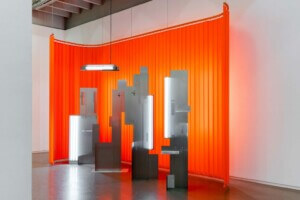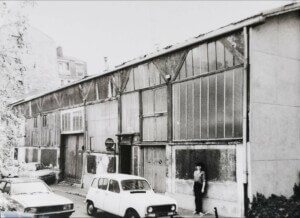When Notre-Dame Cathedral burned on April 15, mourners elegized a wonderous building while French officials, world leaders, and architects proposed schemes—and pledged major funding—for its reconstruction. While chatter on the future of the near-ruined structure dominated media coverage, fumes from the conflagration quietly blanketed the area surrounding the cathedral with dangerous levels of lead. Now, because of that lead, construction on the site has stopped.
During the fire, 450 tons of lead layered onto the cathedral’s roof and spire melted, spewing particulates into the atmosphere of Paris. According to a leak that appeared on the French site Mediapart, the lead levels near Notre-Dame were a whopping 500-to-800 times over the safe level of lead, a known neurotoxin that’s especially dangerous to young children. Lead levels in two area schools were on average ten times over the 70 micrograms-per-square-meter threshold that officials consider safe for the inside of educational facilities.
The news has sparked outrage among residents and watchdog groups, who are dismayed by officials’ seemingly blasé reaction to the possibility of lead contamination after the fire. About a month after the fire, Paris officials told school principals that their students and staff were not at risk from the fumes and resulting dust. A regional health agency, meanwhile, told residents to wipe away dust with a wet cloth (lead abatement is best left to professionals).
Although no amount of lead is considered safe, health officials usually designate a safe exposure threshold. In Paris, officials adhere to a threshold of 1,000 micrograms per 10.8 square feet (one square meter) for most indoor spaces. At the schools, advocates contend that while now, the average of lead contamination across the building might fall under the 70 micrograms per square meter threshold, the contaminants in some (outdoor) schoolyards are over the 1,000 microgram safe limit, leaving young people potentially vulnerable to lead exposure.











